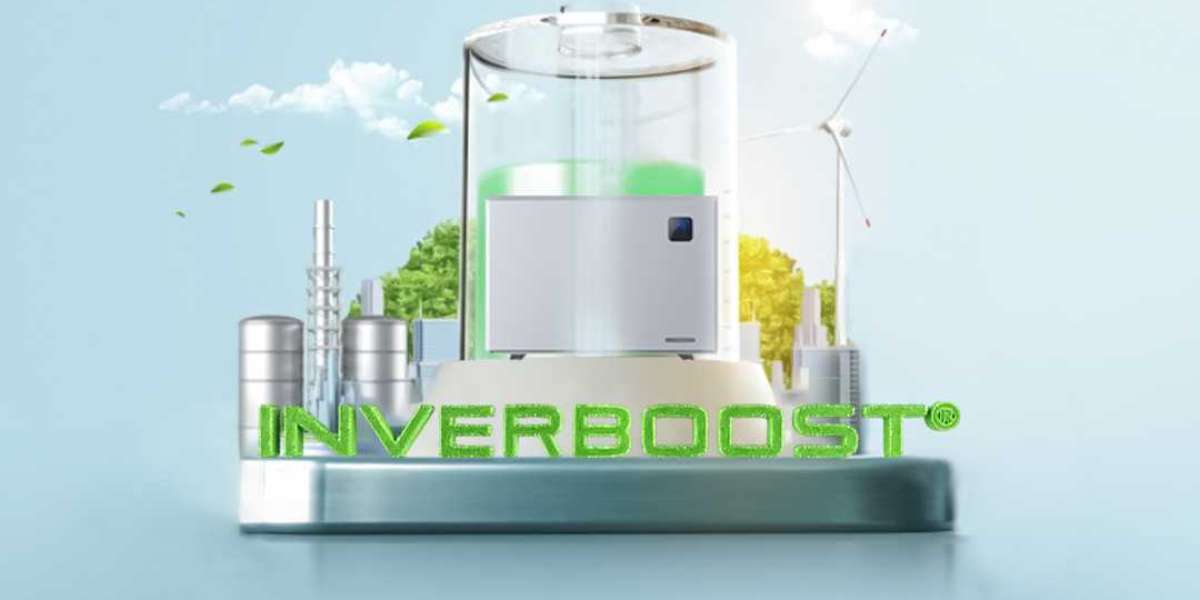Introduction to ISO 14001
ISO 14001 is an internationally recognized standard for environmental management systems (EMS). It provides a framework that organizations can follow to improve their environmental performance, reduce waste, and minimize negative impacts on the environment. Achieving ISO 14001 certification demonstrates a company’s commitment to sustainability and responsible environmental practices.
Key Components of ISO 14001
ISO 14001 certification focuses on several key components:
- Environmental Policy: Establishing a clear, documented policy outlining the organization's commitment to environmental management.
- Planning: Identifying environmental aspects and impacts, legal and other requirements, and setting objectives and targets for improvement.
- Implementation and Operation: Developing the capabilities and support mechanisms necessary to achieve the environmental policy, objectives, and targets.
- Checking and Corrective Action: Monitoring and measuring key characteristics of operations that can have a significant impact on the environment, and ensuring corrective and preventive actions are taken.
- Management Review: Periodically reviewing the EMS to ensure its continuing suitability, adequacy, and effectiveness.
Benefits of ISO 14001 Certification
- Environmental Performance: By implementing an effective EMS, organizations can enhance their environmental performance, leading to reduced waste, lower energy consumption, and decreased emissions.
- Regulatory Compliance: ISO 14001 helps organizations comply with relevant environmental legislation and regulations, reducing the risk of fines and legal action.
- Improved Efficiency: Streamlining processes and reducing waste can lead to cost savings and improved operational efficiency.
- Reputation and Market Advantage: Certification demonstrates a commitment to sustainability, which can enhance an organization’s reputation and provide a competitive advantage in the marketplace.
- Employee Engagement: Involving employees in environmental initiatives can increase awareness and engagement, leading to a more environmentally conscious workplace culture.
Steps to Achieve ISO 14001 Certification
- Gap Analysis: Assess the current state of your EMS compared to the ISO 14001 requirements to identify areas for improvement.
- Develop and Implement EMS: Develop policies, procedures, and practices to meet the standard’s requirements and implement them across the organization.
- Internal Audit: Conduct an internal audit to ensure the EMS is effectively implemented and identify any non-conformities.
- Management Review: Conduct a management review to evaluate the EMS’s performance and make necessary adjustments.
- External Audit: Engage an accredited certification body to conduct an external audit. If the EMS meets the requirements, the organization will be awarded ISO 14001 certification.
Conclusion
ISO 14001 certification is a valuable tool for organizations committed to improving their environmental performance and sustainability practices. By following the standard’s guidelines, businesses can achieve significant environmental and operational benefits, ensuring a greener and more sustainable future.








